 |
| January 04, 2021 |
Dear Reader,
How fast can the companies making mRNA COVID vaccines scale up production to meet global demand? Each step in the manufacturing process requires raw materials that previously were only produced in amounts necessary for clinical research—not sustained production of billions of doses. Today’s lead story explains some of the biggest challenges and how they can be overcome. Next, cardiovascular risk from the accumulation of “bad” cholesterol in blood vessels is shifting from high-income Western countries, especially those in Europe, to low- and middle-income countries, particularly in East and Southeast Asia. And lastly, read about how education makes a dramatic difference in the way people age. |
| | Sunya Bhutta, Senior Editor, Audience Engagement
@sunyaaa | |
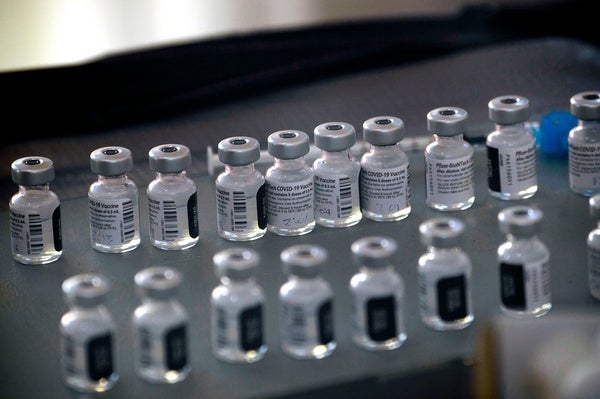 |
| |
| |
| |
| |
| |
| Public Health Is 70 Really the New 60? People are aging better but not across the board. Education makes a dramatic difference | | | | |
| |
| Arts & Culture How the Coronavirus Pandemic Shaped Our Language in 2020 Linguist Ben Zimmer says the pandemic has turned us all into amateur epidemiologists utilizing terms such as “superspreader” and “asymptomatic.” Christopher Intagliata reports. |  | By Christopher Intagliata | 02:12 | | | |
| |
| |
| Public Health The Immune Havoc of COVID-19 The virus flourishes by undermining the body’s chemical defense system | | By Akiko Iwasaki,Patrick Wong | | | |
FROM THE STORE
 | | | |
| |
FROM THE ARCHIVE
 | | | |
| |
LATEST ISSUES
 |
| |
| Questions? Comments?  | |
| Download the Scientific American App |
| |
| |





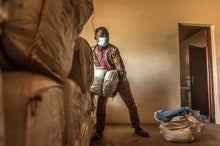




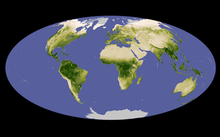






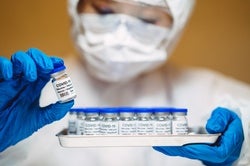
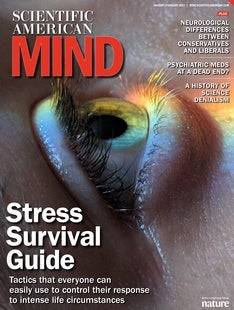


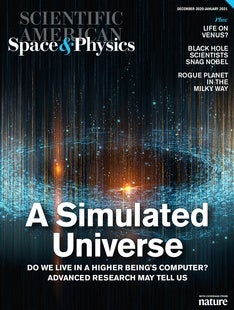
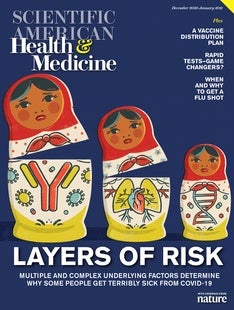



Comments
Post a Comment